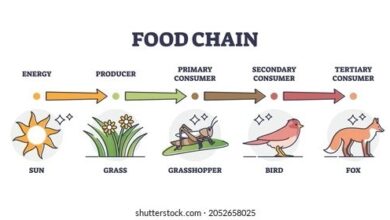Food Technology Transforming the Future of Food Production
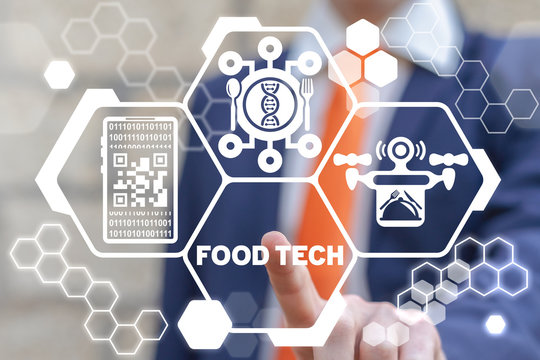
Food Technology is dedicated to providing a venue for scientists to share original research findings within the area of food science and technology. The journal’s scope includes the following topics, Proximate analysis, new foods, food quality control and safety, and the raw materials of food Food storage and distribution and acceptance by consumers of food products as well as the physical properties of food products, techniques for food engineering, marketing, and manufacturing,. Food has an importance for human beings that goes far beyond the mere necessity of its duration. It’s a component of the awe-inspiring world of treatment that ensures well-being, an expression of beliefs for vegetarians, and a key element that shapes the way religions and societies are shaped. Recent years have seen foodstuffs, vital to humans, facing a variety of issues. This includes food shortages in countries that are developing, food shortages along with food safety, and an absence of food manufacturers.
Food Technology That Accelerates Food Production
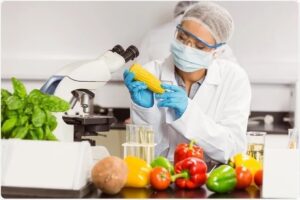
Food technology refers to a mixture of “food” as well as “technology.” If we think of the industries that are connected to food, many people imagine things such as food processing and manufacturing, as well as food establishments. For a long time, these sectors have often been viewed as largely unrelated to modern technology. In reality, they are now excellent areas of application for technological advancements, including ICT robotics, robotics, and biotechnology. Each day, businesses are constantly introducing new technologies to boost the efficiency of production as well as to create functional food items that streamline consumption and distribution, respond to the changing requirements of the consumer, and even eliminate labour shortages. One of the main factors that have brought food technology up to speed is the development of technologies to classify ingredients and food technology as industrial items built on technology and science. The food we purchase in the grocery store is mostly made by industrial processes. Agricultural raw materials, like grains, are processed through a variety of stages before being offered as food. Through the process, it is changed in terms of physical, chemical, and microbiological. This is why food technology is a multidisciplinary engineering science. The bachelor’s program in food technology gives students instruction in the field of food engineering on a scholarly basis. The whole process of food production (“From Farm to Fork”) is examined from a technical, technological, scientific, and economic standpoint. A large portion of food processed in the food sector is life. Naturally, every product is unique and has an environment that alters as time passes.
Because of this, unlike electronic devices or automobiles that can be mass-produced and standardized stably, it was a challenge for producers to deal with these products, since their growth and production were not precisely monitored. As an example, robotics were not able to complete tasks that humans would be able to do, for example, grasping and placing uneven, soft strawberries. Innovations in Information Processing Technologies like artificial intelligence (AI) that uncovers relevant trends in diverse types of individuals, technology like the Internet of Things (IoT) that allows us to analyse and understand personal differences, as well as biotechnology, which enables us to regulate and monitor the characteristics of animals, as well as plants, have allowed us to adopt a new method of industrialising food technology. Furthermore, the massive size and continued growth of the food and beverage industry can be a reason for the increasing focus on food technology. As per the Policy Research Institute, Ministry of Agriculture, Forestry and Fisheries The global market for food and beverages is projected to expand 1.5 times over time, going from 890 trillion yen in the year 2015 up to 1,360 trillion yen by the year 2030. Since the market for applications is enormous and likely to continue growing, it is a great opportunity to put a lot of money into developing technology that can solve the problems that exist in the market, and create value. A few countries have implemented guidelines that promote food technology as an industry that is growing. In Japan, the Council for Public-Private Partnership in Food Technology was created in 2020 by the Japanese government, in conjunction with academics, industry, and the government to encourage innovative solutions for food technology and other initiatives.
Utilizing Food Technology to Try and Eliminate Food Crises and Losses
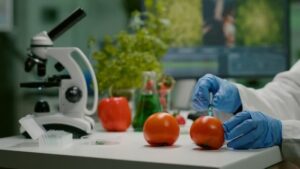
What kind of technology is used to address the social problems related to food and create value? Here is a list of projects in two common regions. In the first, there are measures for tackling hunger crises. By 2050, the planet’s global population is predicted to increase by around 30% from what it is currently. There is no doubt that food technology demand is expected to increase with this. There are also fears that climate change as a result of global warming could make it difficult to grow crops in locations that are suitable for growing. As part of the SDGs, the second one is to achieve “zero hunger.” To address the problems Biotechnology is used in the development of cultured meats through layers of animal cells before creating them using 3D printers to design cultivars that thrive in difficult conditions, with high yields.
Innovative techniques for fisheries and agriculture, including plant factories as well as onshore fisheries with artificial growth environments, are currently being put into application. Through the expansion of these techniques and methods, we’re not just growing yields but unlocking the power inherent in the genes of plants and animals to create foods with several ingredients that can be effective in improving the health of humans. Second, we can eliminate the problem of food waste.
Food Technology and Agriculture Organization of the United Nations
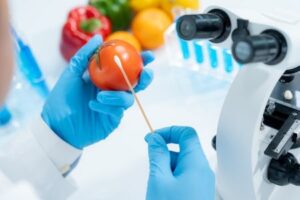
Approximately one-third of foods that are part of food technology, from the production of agricultural products to consumption, are wasted due to a myriad of reasons. This amounts to around 1.3 billion metric tonnes annually. In Japan in particular, where the quality of food is a major concern and a common commercial practice that encourages losses because of the “one-third rule.” According to this principle, the delivery- and sell-by dates are defined by dividing the duration beginning with the production date and ending at the date of expiration by three, which means that the item is removed after every period. The Japanese government is working on a solution to the procedure. The SDGs are also a set of goals to reduce food waste by half per person at the consumer and retail levels, as well as decrease food loss within the supply chain, the production process, and post-harvest losses in 2030. Modern food chain management that makes use of RFID tags, as well as the Internet of Things, is crucial to reducing the problem of food loss. It is the goal to be aware of the chain’s distribution patterns for food products and enable it to react to changes in the product’s condition by making it the raw material used in processing food items when the date for the best-by of food technology is approaching. If these techniques are used, it will also be possible to create traceability, which will ensure the safety of food by preventing fraud about the place of origin as well as tracking foreign chemicals, which include allergens, additives, and halal compliance.



